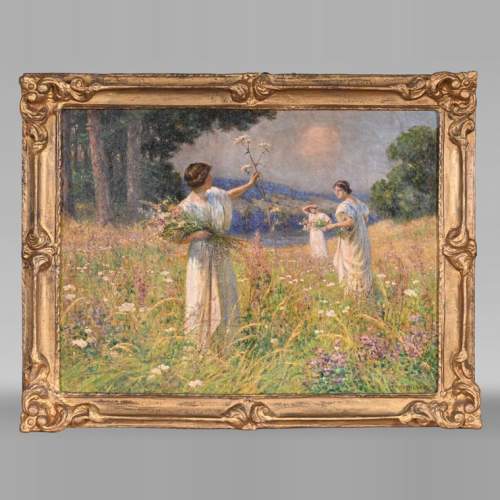My selection (2 Objects)
Recommended for you :
Dimensions:
Width: 104
Height: 101
Depth: 34
Inner width: 66
Inner height: 83
Dimensions:
Width: 154
Height: 125
Depth: 36
Inner width: 100
Inner height: 102
Dimensions:
Width: 126
Height: 107
Depth: 36
Inner width: 93
Inner height: 88
Dimensions:
Width: 124
Height: 109
Depth: 36
Inner width: 93
Inner height: 92
Dimensions:
Width: 145
Height: 108
Depth: 40
Inner width: 104
Inner height: 82
Dimensions:
Width: 136
Height: 107
Depth: 38
Inner width: 99
Inner height: 88
Dimensions:
Width: 130
Height: 99
Depth: 34
Inner width: 95
Inner height: 80
Dimensions:
Width: 157
Height: 106
Depth: 42
Inner width: 113
Inner height: 78
Dimensions:
Width: 174
Height: 113
Depth: 31
Inner width: 121
Inner height: 84
Dimensions:
Width: 125
Height: 106
Depth: 38
Inner width: 86
Inner height: 80
Dimensions:
Width: 135
Height: 105
Depth: 39
Inner width: 95
Inner height: 81
Dimensions:
Width: 154
Height: 106
Depth: 42
Inner width: 113
Inner height: 78
















